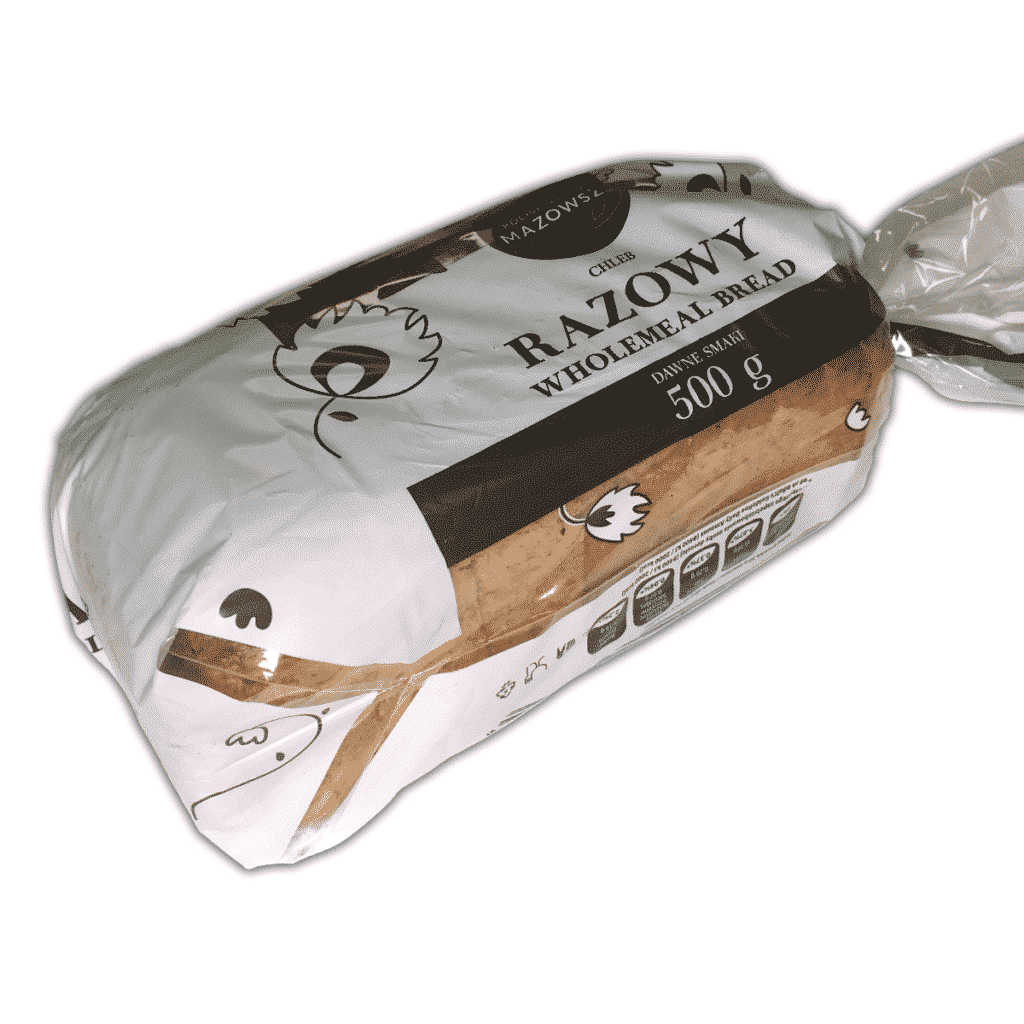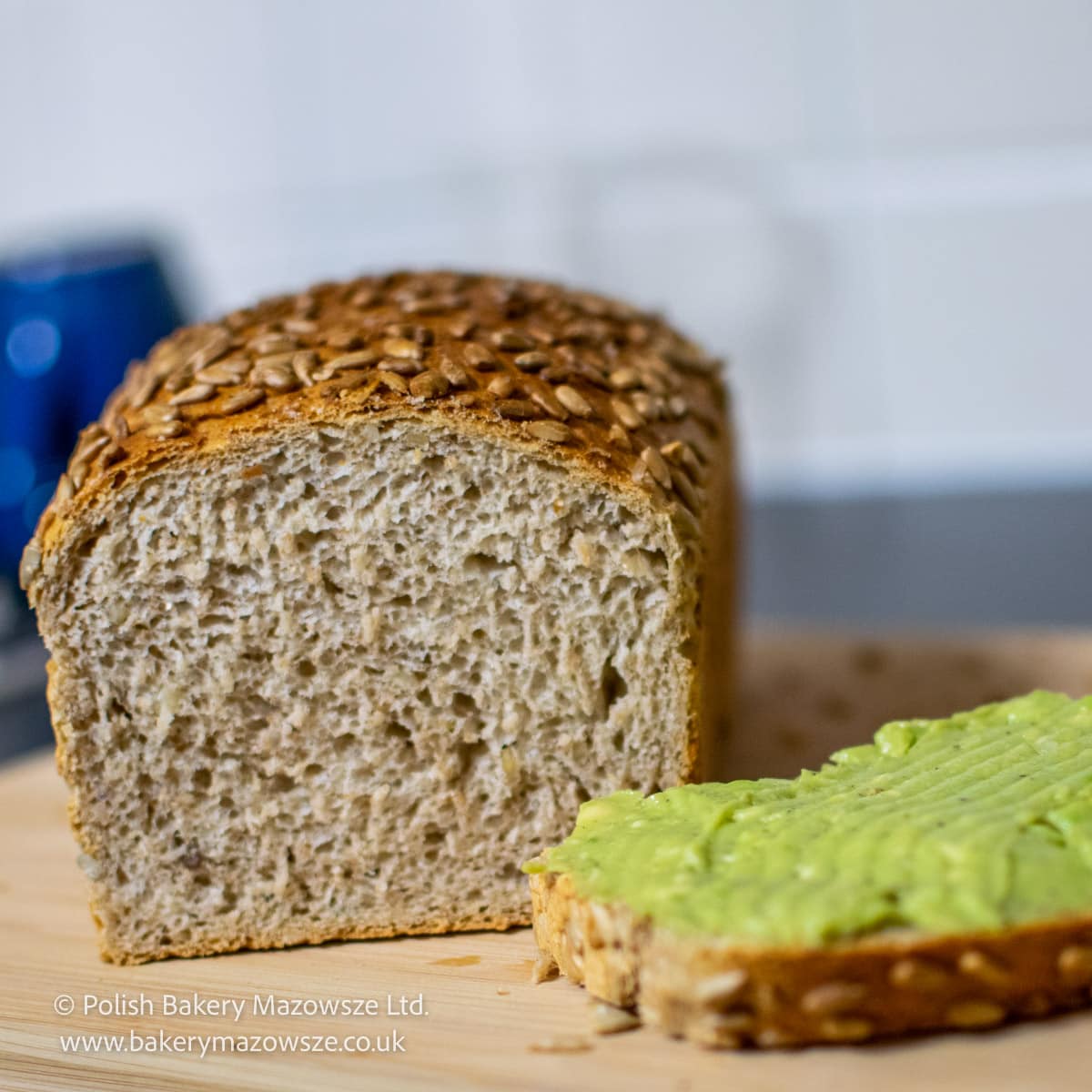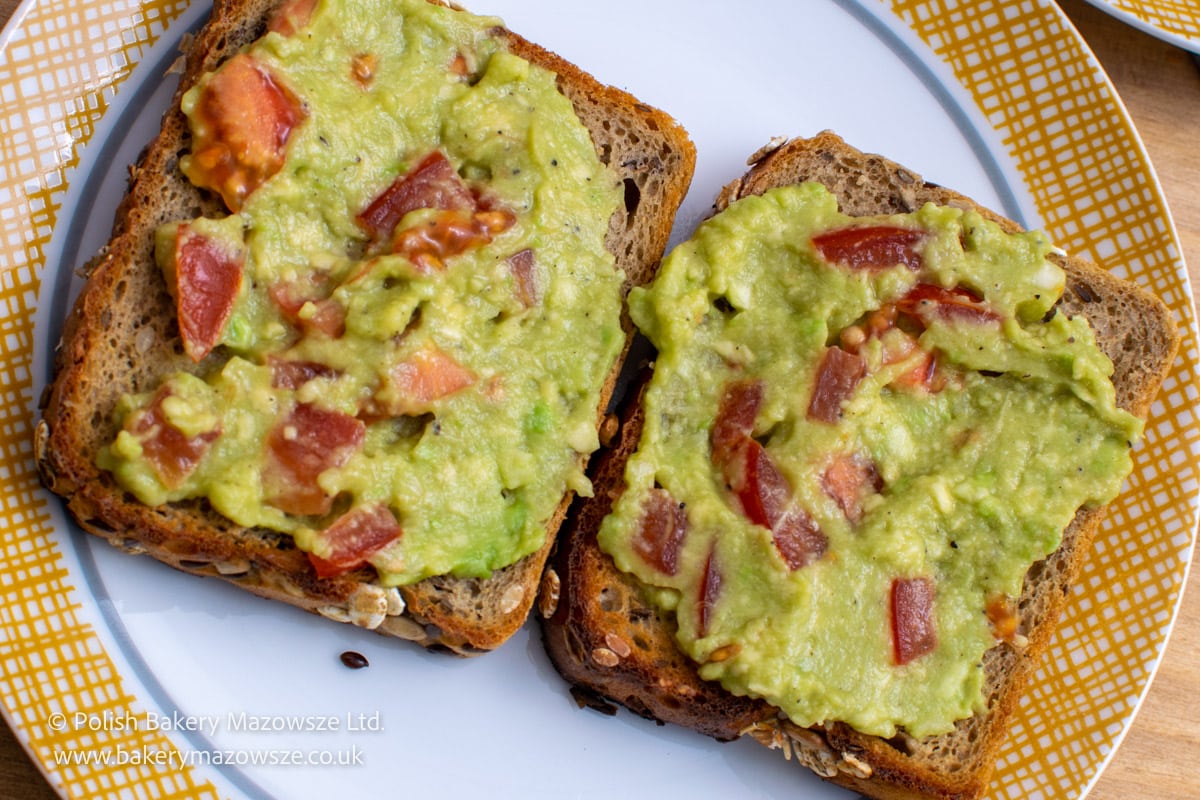We eat them for breakfast, dinner, hot and cold. Bread, because we are talking about it, is an integral part of our daily diet. Increasingly, however, it has been said to be fattening. Are you wondering if you should give it up? Read on and see what kind of bread is best for your diet.
Bread has been our food for centuries. Many of us find it difficult to imagine a morning or evening meal without delicious bread or a fresh roll. One thing for sure, bread has that “something” in it, which means we never get bored of it.
Bread in your diet – what role does it play?
The food pyramid created by specialists from the Food and Nutrition Institute places bread in second place, right after vegetables and fruit, next to groats, whole grain pasta and other cereal products. This means that it is an essential component of our diet and a source of energy.
Whole-grain and wholemeal bread provide important macro and microelements also valuable fibre and vitamins, mainly from group B. Therefore, it should not be excluded entirely from the diet.
Also, read – Is bread healthy? (link)
Is bread fattening?
When we want to lose weight, we often wonder if bread is fattening and should we give it up? However, there is a place for bread in a healthy diet, provided that it is an appropriate quality and the right amount is consumed. Wheat bread is fattening, whereas whole grain and wholemeal sourdough bread are healthy options.
What bread on a diet?
The answer to the question is what kind of bread on a diet is not clear-cut and is “it depends”. On what? Among other things, whether we want to lose or gain weight or have a known gluten allergy. It also depends on our age or health (some diseases require an individual diet).
The best solution for people on a slimming diet will be wholemeal bread or sourdough rye bread. People who want to gain weight can alternate between wheat and whole-grain bread or mixed bread. In the case of people with various diseases or allergies, it is best to consult with a doctor about the choice of bread. Whole-grain and wholemeal bread are also not recommended for young children and in excess for the elderly because it is difficult to digest.
Check out the bread in our catalogue. (link)
What about bread for your diet?
When considering what type of bread for your diet, remember what kind of bread or rolls are essential to your health and what you eat them with. Our sandwiches must be varied and contain as many healthy ingredients as possible. What could they be?
- Sliced avocado or in the form of a paste with garlic, olive oil, lemon and salt (contains EFAs – Essential Fatty Acids and a wealth of vitamins).
- Smoked mackerel or salmon with chives is also a beneficial solution.
- Lettuce, ham, tomato, radish and any green additives are the ingredients of our favourite sandwiches. Not only are they tasty, but they also provide plenty of vitamins.
These are just some of the suggestions for healthy sandwiches. There are many possibilities!
To sum up, we do not have to give bread up; it is enough to ensure that it is of good quality, tailored to our needs, age and health condition. If the correct amount is eaten with healthy supplements, it will bring many benefits to our body.
Check where you can buy our bread – store finder:
[wpsl template=”default” map_type=”roadmap” auto_locate=”true” start_marker=”orange” store_marker=”green” category=”” category_selection=””]
Links:
www.healthline.com: The 7 Healthiest Types of Bread
www.everydayhealth.com:Best and Worst Breads for People With Type 2 Diabetes
www.diabetes.org.uk:www.diabetes.org.uk:Bread and diabetes





0 Comments